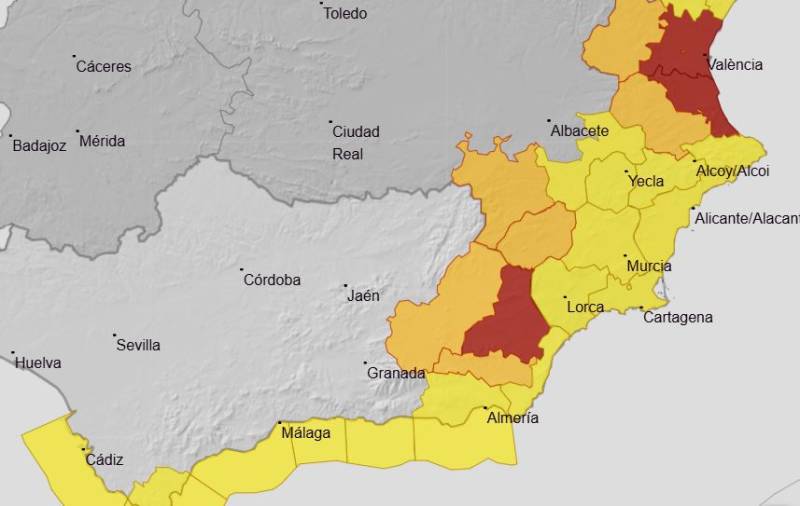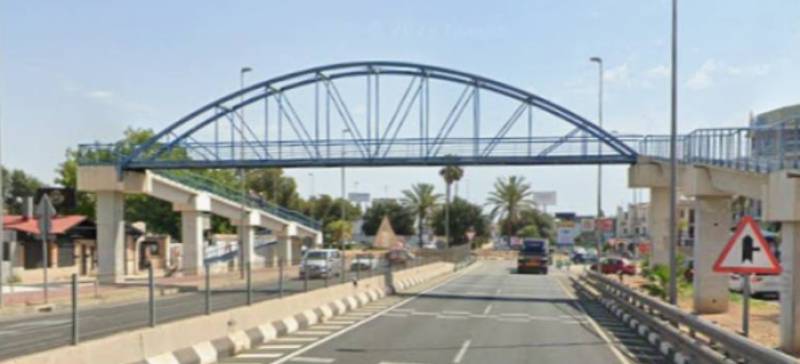- Region
- Vega baja
- Marina Alta
- Marina Baixa
- Alicante
- Baix Vinalopo
- Alto & Mitja Vinalopo
-
ALL TOWNS
- ALICANTE TOWNS
- Albatera
- Alfaz Del Pi
- Alicante City
- Alcoy
- Almoradi
- Benitatxell
- Bigastro
- Benferri
- Benidorm
- Calosa de Segura
- Calpe
- Catral
- Costa Blanca
- Cox
- Daya Vieja
- Denia
- Elche
- Elda
- Granja de Rocamora
- Guardamar del Segura
- Jacarilla
- Los Montesinos
- Orihuela
- Pedreguer
- Pilar de Horadada
- Playa Flamenca
- Quesada
- Rafal
- Redovan
- Rojales
- San Isidro
- Torrevieja
- Comunidad Valenciana
Orihuela palaces: Palacio de Rubalcava
Palacio de los Marqueses de Rubalcaba
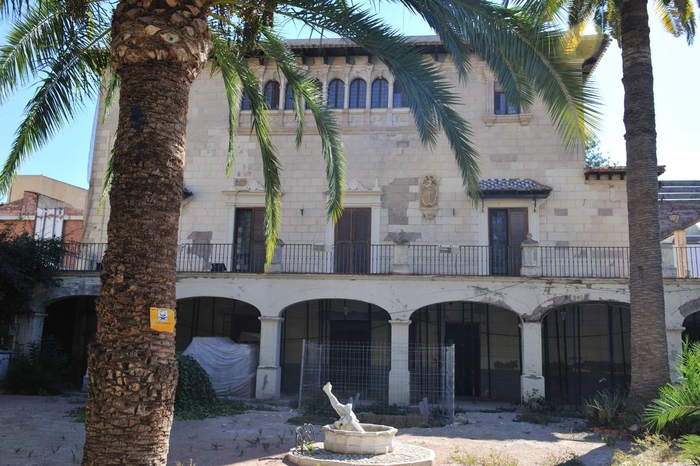 Orihuela has a rich heritage of magnificent palaces and religious architecture, amongst them the Palacio de Rubalcava, which is next to the church of Santiago.
Orihuela has a rich heritage of magnificent palaces and religious architecture, amongst them the Palacio de Rubalcava, which is next to the church of Santiago.
The Palacio de los Marqueses de Rubalcaba was formerly one of the properties used by the Sagredo Bassieres y Heredia family, the Marqueses de Rubalcava and was built in the 1930’s, on a plot of land opposite the Iglesia de Santiago on land which formerly housed the Casa Abacial of the church.
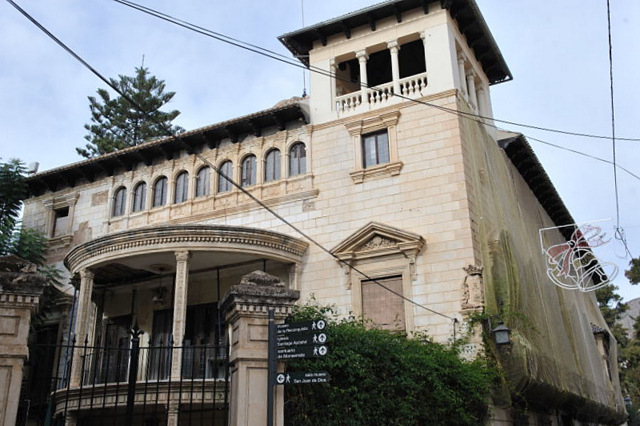 The palace was built imitating the style of older Baroque palaces, in keeping with its setting, but incorporates an eclectic mixture of elements from different eras and countries, to create a grand and sumptuous palace, with neo-baroque dome in a hallway laid with Valencian tiles, a neo-Gothic chapel, a rococo ballroom, an empire style green room, the original furnishings also reflecting a fusion of tastes, combining modernity with a clear sense of history.
The palace was built imitating the style of older Baroque palaces, in keeping with its setting, but incorporates an eclectic mixture of elements from different eras and countries, to create a grand and sumptuous palace, with neo-baroque dome in a hallway laid with Valencian tiles, a neo-Gothic chapel, a rococo ballroom, an empire style green room, the original furnishings also reflecting a fusion of tastes, combining modernity with a clear sense of history.
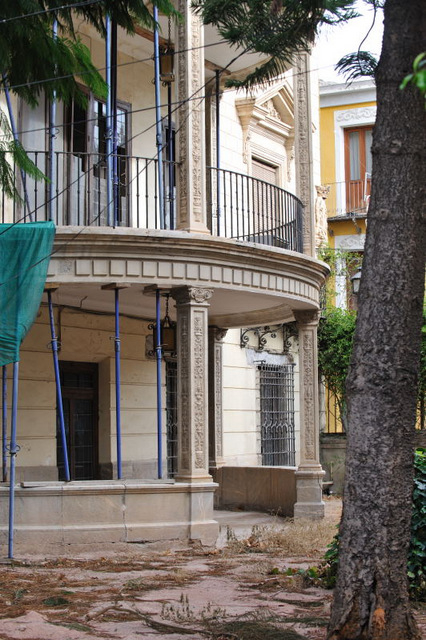 Externally the property is surrounded by mature gardens, and a wrought iron fence, palm trees and bougainvillea plants giving an exotic Mediterranean feel to the palace.
Externally the property is surrounded by mature gardens, and a wrought iron fence, palm trees and bougainvillea plants giving an exotic Mediterranean feel to the palace.
The palace is on three floors, the ground level occupied by garages and stables, the middle level with the function rooms and main living areas, as well as the kitchen and the third floor by bedrooms.
The building was acquired by Orihuela council in 1981 to be used as a major focal point for cultural activities in the municipality. It served for a while as the tourist office and the archaeological museum, as well as part of the original accommodation being open for public visits, but was closed as a public building and is currently in a state of disrepair.
750,000 euros was earmarked for the restoration back in 2011, but as of the end of 2013 no work has started and the building continues to decay, so is currently closed to the public.
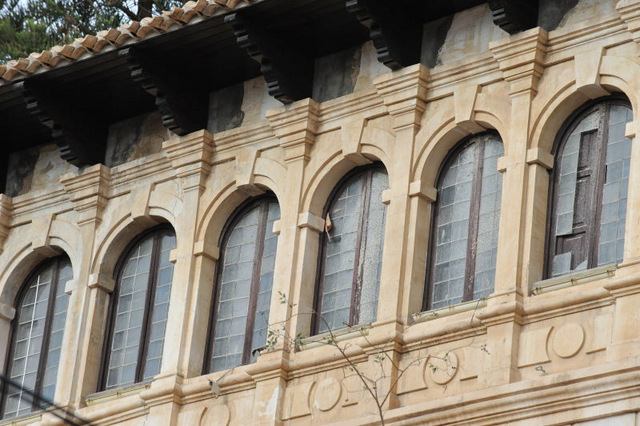 The palace is included in the catalogue of the special plan for preserving the historic patrimony of the old quarter in Orihuela, the Plan Especial de Protección del Casco Histórico de Orihuela and is classified as being of protected status.
The palace is included in the catalogue of the special plan for preserving the historic patrimony of the old quarter in Orihuela, the Plan Especial de Protección del Casco Histórico de Orihuela and is classified as being of protected status.
Address: Calle Francisco Die
Click for map, Calle Francisco Die
Images: Copyright Valencia Today. Full or partial reproduction prohibited.














